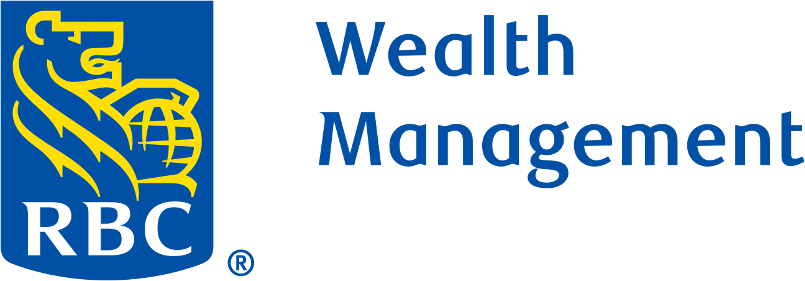Nonprofits come in all shapes and sizes. While a nonprofit’s mission and values are key differentiating factors, the revenue sources, expenses and investment assets also set nonprofits apart. The wide range of organizational differences makes it apparent that, when it comes to a nonprofit spending policy, one size can’t fit all.
First, what is a “nonprofit spending policy”? Generally, a nonprofit spending policy outlines how much of the organization’s investment assets may be used to fund operations, capital projects, strategic initiatives, and such. Similar to an Investment Policy Statement, a nonprofit’s spending policy is unique to that organization and reflects their mission, values, needs and goals.
Now, how does a nonprofit draft a spending policy? Sometimes the board or finance committee may start with their investment portfolio, and use predicted potential portfolio returns to develop their spending policy. We encourage nonprofits to start with a bottom-up approach and analyze their actual cash flows first. Understanding your revenues and expenses – and how variable each can be – are essential steps to developing a sustainable spending policy that is specific to your organization.
With a strong grasp of the nature and predictability of the organization’s cash flows, the board or finance committee can then incorporate more market-focused factors, such as investment return and inflation, into the spending policy. We assist clients with this step by providing historic portfolio performance, forecasted portfolio income and returns, and key inflation indicators. By starting with a bottom-up cash flow analysis, and then adding in the market-related metrics, the board or finance committee will have a thorough understanding of the organization’s specific dynamics and resources. This understanding will aid the board with balancing the two competing goals of 1) maintaining its inflation-adjusted level of spending and 2) increasing the value of its investment assets to support future spending.
Time horizon is an important component of the spending policy as well. We encourage nonprofit leadership to ask themselves if their goal is to continue existing operations or to grow the organization’s mission and reach. This question goes hand-in-hand with understanding the organization’s planning time horizon – is the leadership team focused on addressing a nearer-term matter or a longer-term initiative? The answers to both prompts will heavily guide the nonprofits spending policy.
All together, these three exercises on understanding cash flows, incorporating investment returns, and then setting a time horizon will give nonprofit leadership the information needed to draft a sustainable and organization-specific spending policy. At this point, the board or finance committee will decide how much and how often the organization may draw from its investment assets. This draw is often defined as either a percentage of assets or a dollar amount. By setting a predictable amount of funding to be sourced from investment assets, the spending policy provides clarity on the use of investment funds to support the organization’s needs as well as predictability for the nonprofit finance staff to conduct robust planning and budgeting.
We have seen these comprehensive and thoughtful discussions on an organization’s spending policy naturally evolve into reviewing the organization’s capital structure. Does the organization have sufficient funds in its Long Term Reserve, or should it look to increase its asset pool? Should the organization create additional pools of assets to support other initiatives or timeframes? We encourage the board and finance committees to take a holistic view of the nonprofit’s finances and investments, and set-up its capital structure to best support the organization.
The Etergino Group has a proven track record of successfully working with nonprofits to align their finances with their investment assets, and then structuring their investments to further the nonprofit’s mission and vision. We are passionate about partnering with mission-driven organization to achieve their vision, what we call “Connecting Wealth with Purpose”. To learn how we can help you and your organization, please reach out to Ann Marie Etergino at annmarie.etergino@rbc.com or 301 907 2772.

